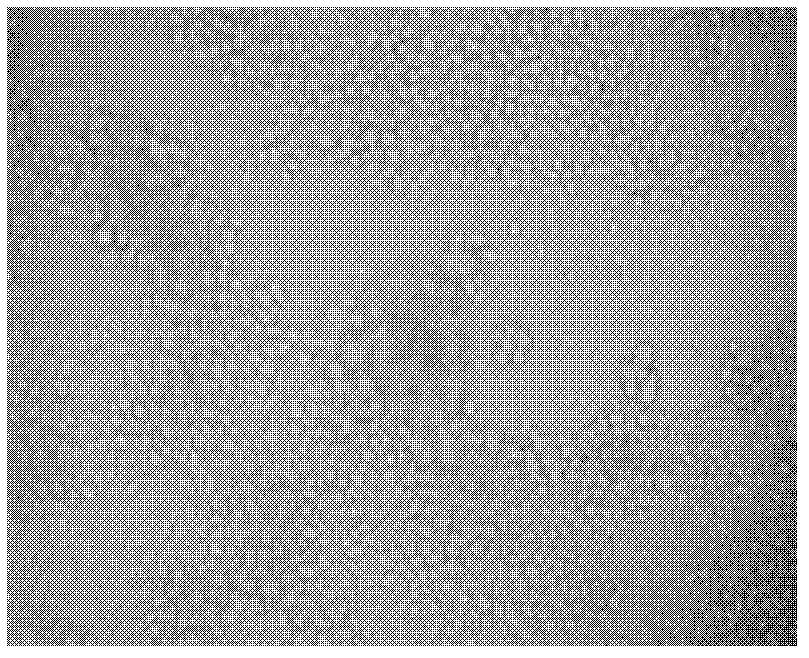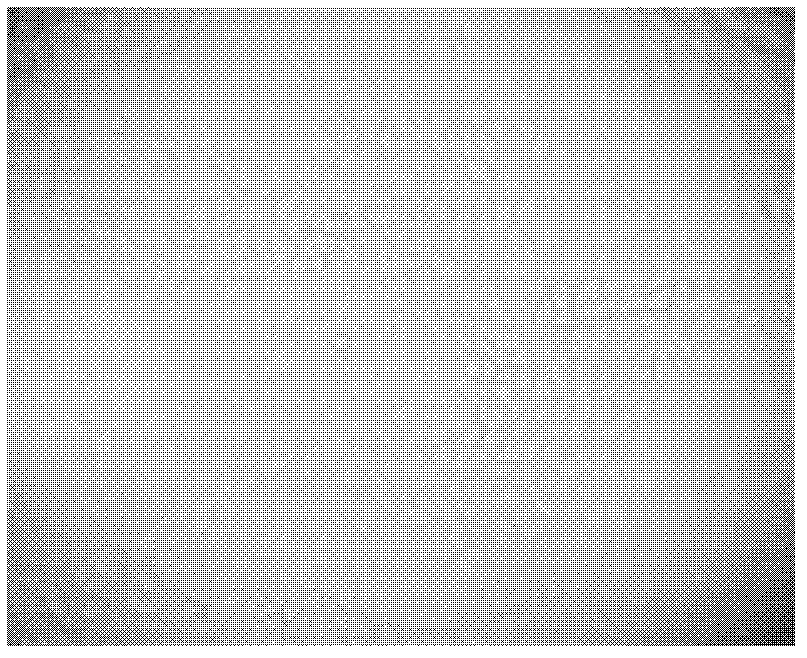In-vitro separation method of porcine teschovirus
A technology of porcine Jieshen virus and isolation method, which is applied in the field of veterinary biology, can solve the problems of difficult separation and purification of porcine Jieshen virus, and achieve the effect of high specificity, strong sensitivity, and specific separation and purification
- Summary
- Abstract
- Description
- Claims
- Application Information
AI Technical Summary
Problems solved by technology
Method used
Image
Examples
Embodiment 1
[0027] Example 1 Collection and treatment of diseased pig feeds infected with porcine Teshen virus
[0028] (1) Collection of sick materials
[0029] The diseased pigs with diarrhea symptoms and neurological symptoms were selected, and the cerebellum tissue of the diseased pigs infected with porcine Teshen virus was clinically confirmed.
[0030] (2) Treatment of sick materials:
[0031] About 1 g of diseased material was ground with 5 mL of culture medium. Repeat freeze-thaw 3 times, centrifuge at 12,000 rpm for 10 minutes, take the supernatant, discard the precipitate, and store below -40°C.
Embodiment 2
[0032] Example 2 Identification of disease materials by nRT-PCR
[0033] Take 250 μL of the diseased material treated in Example 1, and use an RNA extraction kit for RNA extraction.
[0034] Reverse transcription was performed with the reverse transcription primer CCAGCCGCGACCCTGTCAGGCAGCAC (SEQ ID No. 2). Reverse transcription system: total RNA 100ng, 15pmol primer, 1mM dNTP, 200U M-MLV, 1×buffer, 20U RNase inhibitor, supplemented with DEPC water to 20μL system, and reacted at 42°C for 1h.
[0035] The reverse transcribed cDNA is used for nested PCR amplification of the 5' untranslated region of the genome with the following primers:
[0036] First-round PCR upstream primer: AGTTTTGGATTATCTTGTGCCC (SEQ ID No. 1);
[0037] Downstream primer: CCAGCCGCGACCCTGTCAGGCAGCAC (SEQ ID No. 2);
[0038] The upstream primer of the second round of PCR: TGAAAGACCTGCTCTGGCGCGAG (SEQ ID No. 3);
[0039] Downstream primer: GCTGGTGGGCCCCCAGAGAAATCTC (SEQ ID No. 4).
[0040] The expected fr...
Embodiment 3
[0044] Example 3 Passaging of porcine Teshin virus
[0045] 1 mL of the supernatant of the disease material identified as positive according to Example 2 was inoculated into PK-15 cells (T25 cell flasks) that had grown into monolayers, incubated at 37°C for 1 h, and then replaced with 7 mL of 2% DMEM, and the CPE was observed daily. See figure 2 , image 3 , for 5 consecutive days. If there is no CPE, it can be continued to pass for 5 generations. In each generation, the supernatant is taken at the time of drug collection, and the method of Example 2 is used for nRT-PCR detection: if it is positive, it will continue to pass, and if it is negative, it will be discarded.
[0046] Cells with more than 90% lesions were frozen and thawed once, centrifuged at 12,000 rpm for 10 min, and the supernatant was taken and stored at -80°C.
PUM
| Property | Measurement | Unit |
|---|---|---|
| thickness | aaaaa | aaaaa |
Abstract
Description
Claims
Application Information
 Login to View More
Login to View More - R&D
- Intellectual Property
- Life Sciences
- Materials
- Tech Scout
- Unparalleled Data Quality
- Higher Quality Content
- 60% Fewer Hallucinations
Browse by: Latest US Patents, China's latest patents, Technical Efficacy Thesaurus, Application Domain, Technology Topic, Popular Technical Reports.
© 2025 PatSnap. All rights reserved.Legal|Privacy policy|Modern Slavery Act Transparency Statement|Sitemap|About US| Contact US: help@patsnap.com



